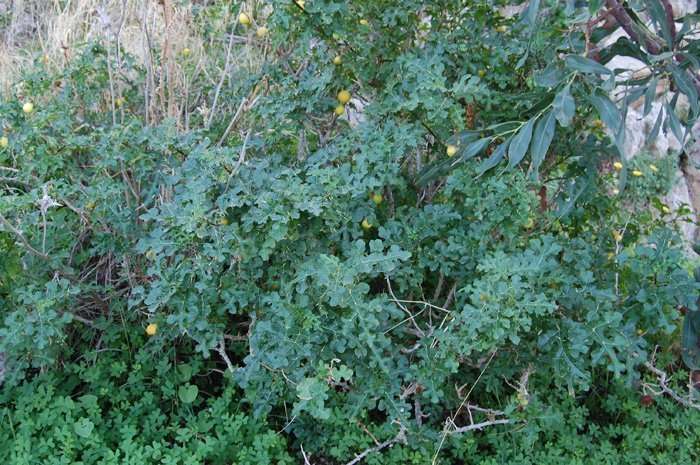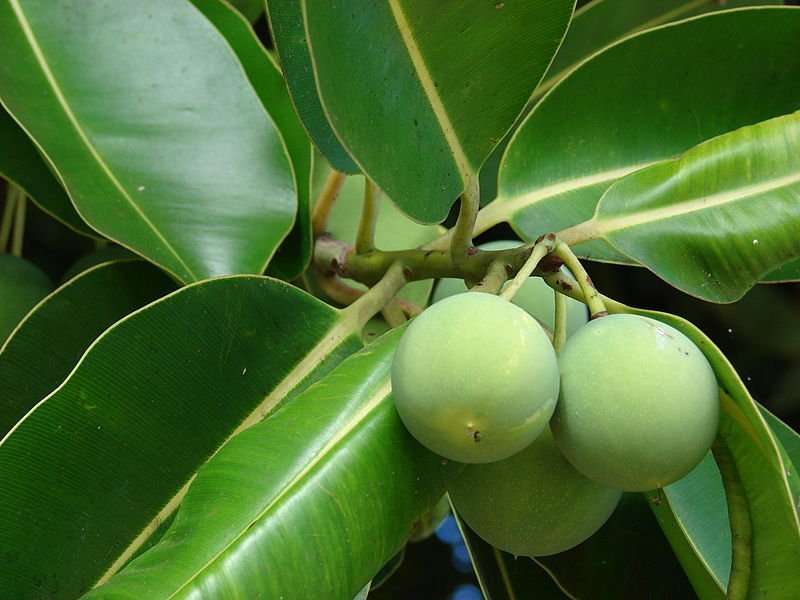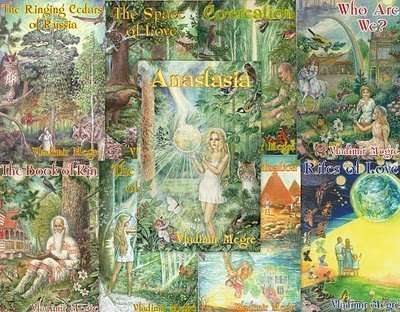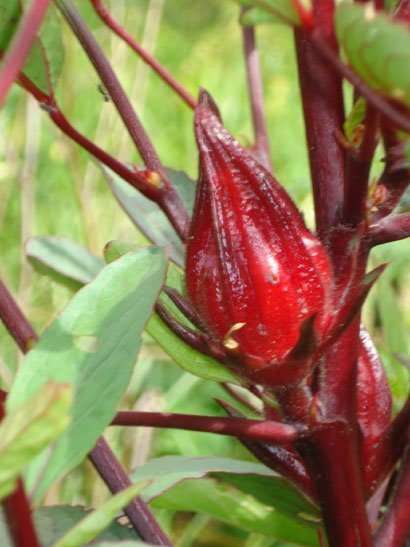Cinnamon – Preventative Remedy
Cinnamon spice medicinal properties
Common Name: Ceylonese Cinnamon
Botanical Name: Cinnamomum verum, synonym C. zeylanicum
Family: Lauraceae
Buy Cinnamon Powder
Cinnamon is a small evergreen tree 10– 15 metres (32.8–49.2 feet) tall, and is a remarkable preventative remedy that is easy to use in everyday life. A teaspoon of Cinnamomum zeylanicum mixed with manuka honey will keep a common cold at bay. This is the very least of what it can do.Do not confuse Cinnamomum zeylanicum with cassia bark that comes from Cinnamomum aromaticum.
This spice has been known from remote antiquity, and it was so highly prized among ancient nations that it was regarded as a gift fit for monarchs and other great potentates. It is native to India and was imported to Egypt from China as early as 2000 BC. It is mentioned in the Bible in Exodus 30:23, where Moses is commanded to use both sweet cinnamon and cassia in Proverbs 7:17–18, where the lover’s bed is perfumed with myrrh, aloe and cinnamon, and in Song of Solomon 4:14, a song describing the beauty of his beloved, this spice scents her garments like the smell of Lebanon. It is also alluded to by Herodotus and other classical writers. It was commonly used on funeral pyres in Rome and the Emperor Nero is said to have burned a year’s supply of the spice at the funeral for his wife Poppaea Sabina in 65 AD.
Up to the Middle Ages, the source of this spice was a mystery to the Western world. It is possible that the Arabs established an early monopoly on trading in it, and kept its origin a secret for hundreds of years. In Herodotus and other authors, Arabia was the source : giant birds collected the sticks from an unknown land where the trees grew, and used them to construct their nests; the Arabs employed a trick to obtain the sticks. This story was current as late as 1310 in Byzantium.
Indonesian rafts transported it (known in Indonesia as kayu manis- literally “sweet wood”) on a “cinnamon route” directly from the Moluccas to East Africa, where local traders then carried it north to the Roman market. Arab traders brought the spice via overland trade routes to Alexandria in Egypt, where it was bought by Venetian traders from Italy who held a monopoly on the spice trade in Europe. The disruption of this trade by the rise of other Mediterranean powers, such as the Mamluk Sultans and the Ottoman Empire, was one of many factors that led Europeans to search more widely for other routes to Asia.
Portuguese traders finally discovered Ceylon at the beginning of the sixteenth century and restructured the traditional production of the spice by the Salagama caste. The Portuguese established a fort on the island in 1518 and protected their own monopoly for over a hundred years.Dutch traders finally dislodged the Portuguese by allying with the inland Kingdom of Kandy. They established a trading post in 1638, took control of the factories by 1640, and expelled all remaining Portuguese by 1658. “The shores of the island are full of it”, a Dutch captain reported, “and it is the best in all the Orient: when one is downwind of the island, one can still smell it eight leagues out to sea.”
The Dutch East India Company continued to overhaul the methods of harvesting in the wild, and eventually began to cultivate its own trees. The British took control of the island from the Dutch in 1796. However, the importance of the monopoly of Ceylon was already declining, as cultivation of the spice trees spread to other areas, the more common cassia bark became more acceptable to consumers, and coffee, tea, sugar and chocolate began to outstrip the popularity of traditional spices.
It is harvested by growing the tree for two years and then coppicing it. The next year, about a dozen shoots will form from the roots.These shoots are then stripped of their bark, which is left to dry, only the thin (0.5 mm) inner bark is used; the outer woody portion is removed, leaving metre-long cinnamon strips that curl into rolls (“quills”) on drying, each dried quill comprises strips from numerous shoots packed together. These quills are then cut into 5–10 cm lengths for sale. This exotic spice has been cultivated from time immemorial in Sri Lanka and the tree is also grown commercially at Tellicherry in southern India. Bangladesh, Java, Sumatra, the West Indies, Brazil, Vietnam, Madagascar, Zanzibar and Egypt. Sri Lanka cinnamon has a very thin, smooth bark with a light-yellowish brown color and a highly fragrant aroma. According to the International Herald Tribune in 2006 Sri Lanka produced 90% of the world’s cinnamon, followed by China, India, and Vietnam. and Indonesia produces 40% of the world’s Cassia genus of the spice.
Some UsesThe bark is widely used as a spice. It is principally employed in cookery as a condiment and flavouring material. It used in the preparation of chocolate, especially in Mexico, which is the main importer of the true spice. It is also used in the preparation of some kinds of desserts, such as apple pie and buns as well as spicy candles, tea, hot cocoa and liqueurs. True cinnamon, rather than cassia, is more suitable for use in sweet dishes. In the Middle East it is often used in savoury dishes of chicken and lamb.It can also be used in pickling. The bark is one of the few spices that can be consumed directly. The powder has long been an important spice in Persian cuisine used in a variety of thick soups, drinks, and sweets. It is often mixed with rosewater or other spices to make a cinnamon-based curry powder for stews or just sprinkled on sweet treats. In medicine it acts like other volatile oils and once had a reputation as a cure for colds. It has also been used to treat diarrhoea and other problems of the digestive system It is high in antioxidant activity. The essential oil of also has antimicrobial properties, which can aid in the preservation of certain foods. Rastas use it as a main ingredient in traditional Jerk Sauce that originated in Long Bay Portland Jamaica. Rastafarian herbal tea will contain a myriad of barks, roots and leaves of which this spice is most popular.
It has been reported to have remarkable pharmacological effects in the treatment of type II diabetes and insulin resistance. However, the plant material used in the study was mostly from cassia and only few of them are truly from Cinnamomum zeylanicum. Recent advancement in phytochemistry has shown that it is a cinnamtannin B1 isolated from C. zeylanicum which is of therapeutic effect on type II diabetes with the exception for the postmenopausal patients studied on C. cassia cinnamon has traditionally been used to treat toothache and fight bad breath and its regular use is believed to stave off common cold and aid digestion.
The spice is used in the system of Thelemic Magick for Solar invocations, according to the correspondences listed in Aleister Crowley’s work Liber 777. In Hoodoo; it is a multipurpose ingredient used for purification, luck, love, and money. Cinnamon has been proposed for use as an insect repellant although it remains untested. Cinnamon leaf oil has been found to be very effective in killing mosquito larvae. The compounds cinnamaldehyde, cinnamyl acetate, eugenol and anethole. that are contained in cinnamon leaf oil, were found to have the highest effectiveness against mosquito larvae. It is reported that regularly drinking of Cinnamomum zeylanicum tea made from the bark could be beneficial to oxidative stress related illness in humans, as the plant part contains significant antioxidant potential. An urban legend holds that it is impossible to eat a tablespoon of powdered cinnamon without choking or vomiting. This has prompted the circulation of a large number of daredevil videos on the internet. Cinnamon is a strong desiccant which resists swallowing, instead causing an irritating dry layer to form on the tongue, pharynx and esophagus. The excess cinnamon remains in fine powder form and is usually inhaled into the lungs, where it causes irritation and choking.
Side Effects Excessive use of cinnamon bark may cause inflamed taste buds, tender gums, and mouth ulcers. Large quantities can change breathing, dilate blood vessels, and cause sleepiness, depression, or even convulsions.
Related Posts
An Australian noxious weed Apple of Sodom is a perennial herb that can infest natural areas and crops and pastures, particularly in coastal areas.




